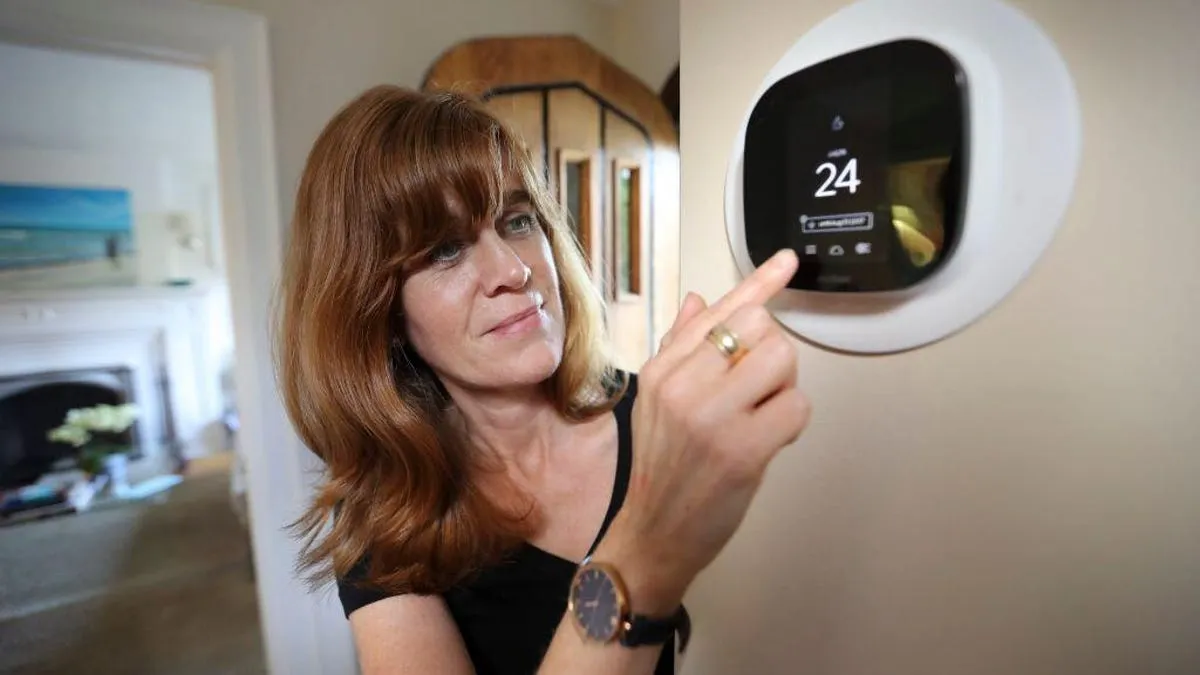
Smart thermostats offer more than just app control over your heating and cooling systems; their primary advantage lies in their ability to automate temperature regulation. This automation not only enhances comfort but also significantly reduces energy consumption, leading to lower utility bills and substantial savings over time. In this article, we will explore the key features of smart thermostats that contribute to energy efficiency and how these features can keep more money in your pocket.
According to Adina Roth, product lead for the Nest Learning Thermostat, several features are particularly effective at improving energy savings. These include Smart Schedule, automatic adjustments, Auto-Eco energy-saving shifts, and Seasonal Savings. Notably, Nest is not alone in offering these functionalities; competitors like Ecobee, Honeywell Home, and Amazon also incorporate similar features designed to optimize energy use.
Greg Fyke, president and CEO of Ecobee, elaborated on how these features function. For instance, if you leave for work at 8 a.m., Ecobee's smart thermostats can automatically lower the temperature while you're away, conserving energy. They can then preheat or precool your home to ensure it reaches your desired temperature by the time you return, ultimately resulting in lower utility bills and a more efficient home without compromising comfort.
Experts have extensively researched the potential savings associated with smart thermostats. These savings can be categorized into two main components. First, you benefit from implementing heating and cooling settings that decrease energy usage throughout your home. Although any thermostat can achieve this, smart thermostats excel due to their eco modes and tailored suggestions, which typically lead users to save more money upon adoption.
The second component of savings arises from the unique capabilities of smart thermostats, such as learning algorithms and portable wireless sensors. Today's smart thermostats can gather data about household activities, allowing them to automatically adjust settings based on when people wake up, return home, or change their routines on weekends. This leads to more precise implementation of eco modes and energy-saving settings.
Additionally, wireless satellite sensors enhance savings by allowing thermostats to regulate temperature based on sensor placement rather than the thermostat's location. For example, if a sensor is placed in a particularly cool or warm area, the thermostat can adjust accordingly, shutting off heating or cooling early to save more energy.
Research conducted by Google Nest indicates that users of the Nest Learning Thermostat save an average of 12% to 15% on their energy bills annually, translating to approximately $131 to $145 in savings each year. On the higher end, Ecobee reports that users can save up to 26% by installing one of their smart thermostats, which could result in savings of around $250 annually, particularly for those who have not previously optimized their thermostat settings.
Importantly, these savings are also applicable to renters, although they may need to seek permission from their landlords before installing a smart thermostat.
When considering a smart thermostat, it's essential to factor in the initial investment, which can range from around $100 for basic models to over $350 for high-end models packed with features. Fortunately, the average savings achieved with a smart thermostat typically means that the device will pay for itself within one to two years. After that, you can start enjoying significant savings on your energy bills.
Another way to maximize your savings with a smart thermostat is by participating in peak usage programs. Chris Wilson from the nonprofit Energy Trust of Oregon mentioned that users could benefit from linking their smart thermostats to programs like Connected Savings. These initiatives allow utility companies to make minor adjustments to your thermostat during peak usage times, saving money and providing energy discounts. However, this option does require giving up some control and may lead to uncomfortable temperatures during extreme weather.
If you prefer not to connect directly with utility companies, Ecobee offers a Community Energy Savings program that manages the details for you. By participating, users can earn up to $125 as a reward.
While we cannot guarantee rebates or incentives for purchasing a smart thermostat, it's wise to investigate local programs. Many utility companies offer rebates for buying smart thermostats, particularly those that are Energy Star-rated. Checking your power company's website can provide a list of eligible thermostat models and additional information on how to participate in these rebate programs.